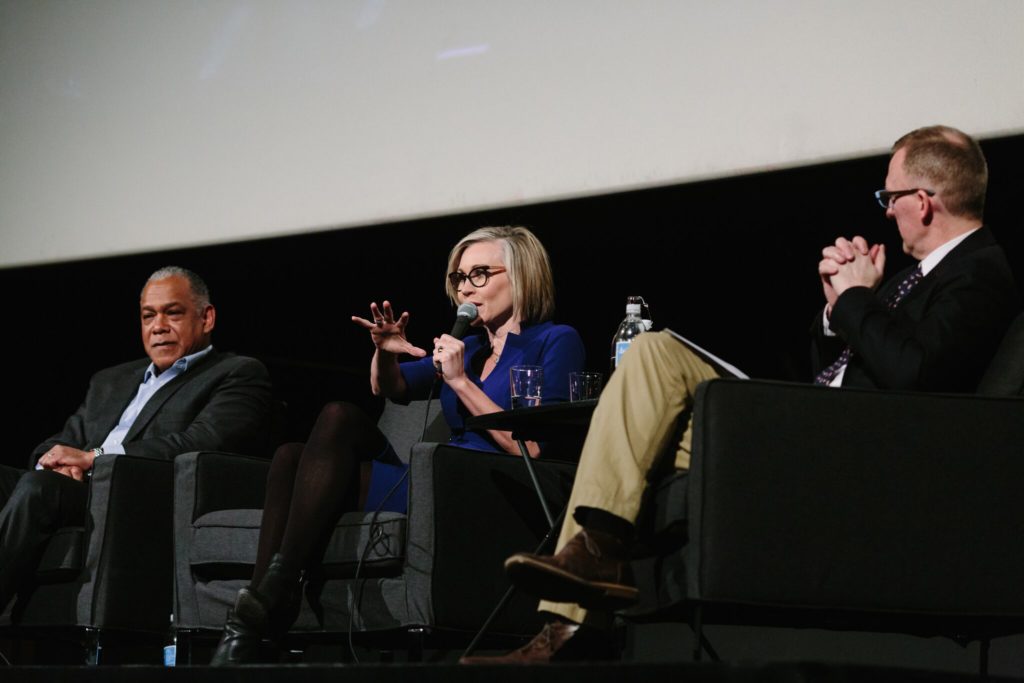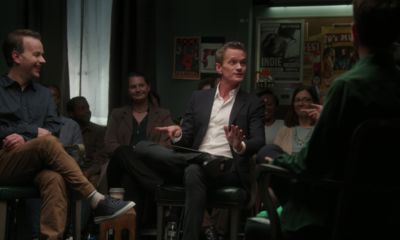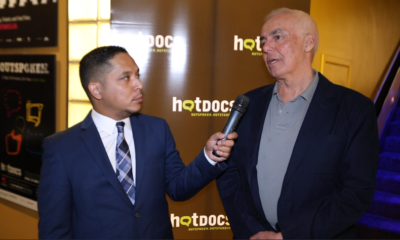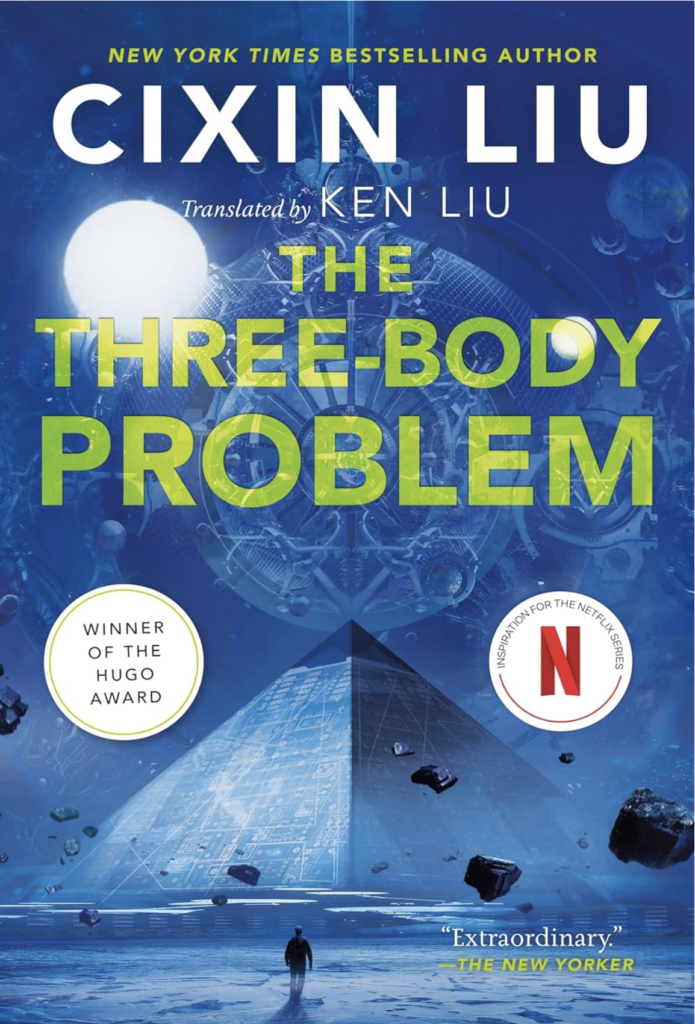FEATURES
BUILDING A BETTER TORONTO


Mitchell Silver and Jennifer Keesmaat speaking at Curious Minds. Photo by Gabriel Li
Building Better Cities was one of the panels during the Curious Minds Weekend at the Hot Docs Ted Rogers Cinema were our curiosity level here at FERNTV was at an all time high. But why not, there is so much change that is taking place in the city of Toronto that many of us can not even catch up. The changes that are taking place or about to take place is all inspiring and gives life to the city of Toronto. We want to be able to sustain the idea that Toronto remains to be a livable city and still ranks up there with the best of them around the world. With Toronto being an attractive spot to live, work and play, there is a resulting increase in population to the downtown core causing the city to be the word that people are afraid of: dense.
The Chief Planner of the city of Toronto Jennifer Keesmaat and New York Parks Commissioner Mitchell Silver were brought to the Curious Minds Weekend to lay out several of the challenges that these two face when sustaining a city’s vibrancy and attraction when density starts to increase. When this happens, major changes start to occur like the new development at the corner of Bathurst and Bloor where Honest Ed’s is about to be demolished. Keesmaat mentions that this part of the city is able to accommodate an increase in the density. Changes are also being planned in the years ahead for cities like Toronto but a lot of them are based on the values of the generation that is dominant at the time.
As Mitchell Silver explains that the generation before us who were residing in the downtown core were the generation that consumed goods whereas the generation now likes to gain experiences in which they value most. People and cities are changing simultaneously and more often than none, city planners are interested in moving the public along rather than the automobile which changes the narrative for building cities. Parks and public places are the areas that today’s planners look to increase. Silver noticed on his three hour walk in Toronto that there was much vibrancy on Queen Street with a lot of people moving along the sidewalks in weather that he believes to be a lot more colder than NYC. He admired this characteristic of our city but also warned us about a trend that happens often in a lot of cities similar to ours. The existing trend are areas that are being proposed for development in the downtown core are for homes that are able to hold multi-families rather than single families which were deemed unsustainable housing.
Keesmaat explains this idea as “vertical living” where many singles who are wanting to raise children in their condos instead of taking a hike to the suburbs. There are many who feel that there are not too many amenities surrounding these condos for families which is why a certain percentage of them move to the suburbs to raise their children. Although, according to Keesmaat, there is a baby boom that is occurring today in its condo communities. Since this eruption, those homes in the outer core that were built for families that were going to move to the suburbs to raise their children are now being used for non-related single tenant housing or what is known to be off-campus student housing. The density of these areas increase causing an urban sprawl to continue to the outer regions of the Greater Toronto Area in which we are experiencing today.
This leads us to the very next topic and a favourite of many to discuss which is transportation and commuting. For many it is deemed to be a lot more affordable to live in the suburbs and to commute to work but is it? There are many families who have decided to move out of the downtown core to pursue the suburban lifestyle because the commute to work was doable on top of the affordability. As Keesmaat mentions during the panel, when density starts to increase to the outer core of a city, the commute times start get longer from what was once 15 minutes to 20 minutes to 30 minutes and so on. What the panel did not enlighten us on is the growing usage of transportation modes such as the TTC and GO Transit and the strategies used to accommodate an increasing population let alone limited areas for development for transportation other than the automobile.
It is positive that the city of Toronto is getting away from being an automobile based city but there are already too many problems that Toronto faces when it comes to transportation. Too many delays, poor customer service, not enough subways, buses or streetcars to get people moving are some of those everyday problems commuters have. Not to mention the fact a company like Bombardier has been sued by the city of Toronto for not being able to construct a fixed amount of new streetcars that was negotiated in a lucrative contract to get that much more people moving in an efficient manner. The panel would have been a lot more different if the CEO of TTC Andy Byford was there but he probably would have not been ready for the questions he would needed to answer at the end of this Q&A.
You have to admire the positive energy that comes out of our Chief Planner of the City of Toronto and the level of her inspiration to make the necessary changes or instalments to our city. What is more admirable is how she interacts and learns from Mitchell Silver who deals with a city that is four times the size of ours. Sure there are many aspects of what the city of New York does such as the prospect of building four feet fences around major parks in which Silver goes in depth of why it would work in the Big Apple. Keesmaat recognizes this fence example as an idea that would not work in the city of Toronto which goes to show how she can detect the difference of how a New Yorker and Torontonian lives and what they value.
Nevertheless, Keesmaat and Silver are influenced by Jane Jacobs who wrote the seminal book “The Death and Life of Great American Cities” because she emphasized that the distribution of power when creating policy and development should be slated to the city’s people. Which is why this panel Building Better Cities should happen more often in the city to empower and inform Toronto residents that they have the right to have a say on proposed developments and whether or not it is good for the city. This is the forward thinking of both Jane Jacobs and former mayor John Sewell who wrote books such as “How We Changed Toronto” which outlines how Toronto should be developed and how to tackle everyday issues. Whether or not Toronto is moving towards a forward thinking model of the past or developing a different approach to development today, both Silver and Keesmaat appeal to people’s best instincts which brings out the best in our communities. It is an everyday struggle for both of these two and a lot of good news, bad news and tough conversations will be shared from them to the people of their city. Above all, no news at all may be the best news for everyone and that is still vibrant.
-



 ACTORS/ACTRESSES12 months ago
ACTORS/ACTRESSES12 months agoBRATS @Tribeca Film Festival 2024
-



 FEATURES12 months ago
FEATURES12 months agoGroup Therapy @Tribeca Film Festival 2024
-



 ACTORS/ACTRESSES12 months ago
ACTORS/ACTRESSES12 months agoColman Domingo Blesses in Sing Sing @SXSW 2024
-



 ACTORS/ACTRESSES11 months ago
ACTORS/ACTRESSES11 months agoFuriosa Gets a Stunning 7-Minute Standing Ovation @Cannes 2024
-



 BIPOC12 months ago
BIPOC12 months agoDandelion Exceeds Expectations @SXSW 2024
-



 FEATURES12 months ago
FEATURES12 months agoDavid Cronenberg’s The Shrouds to Premiere @Cannes 2024
-



 FEATURES6 months ago
FEATURES6 months agoThe Gesuidouz Rocks Up @TIFF 2024
-



 ACTORS/ACTRESSES11 months ago
ACTORS/ACTRESSES11 months agoMegalopolis Receives Massive 10-minute Standing Ovation @Cannes 2024










Pingback: nashville car accident lawyer